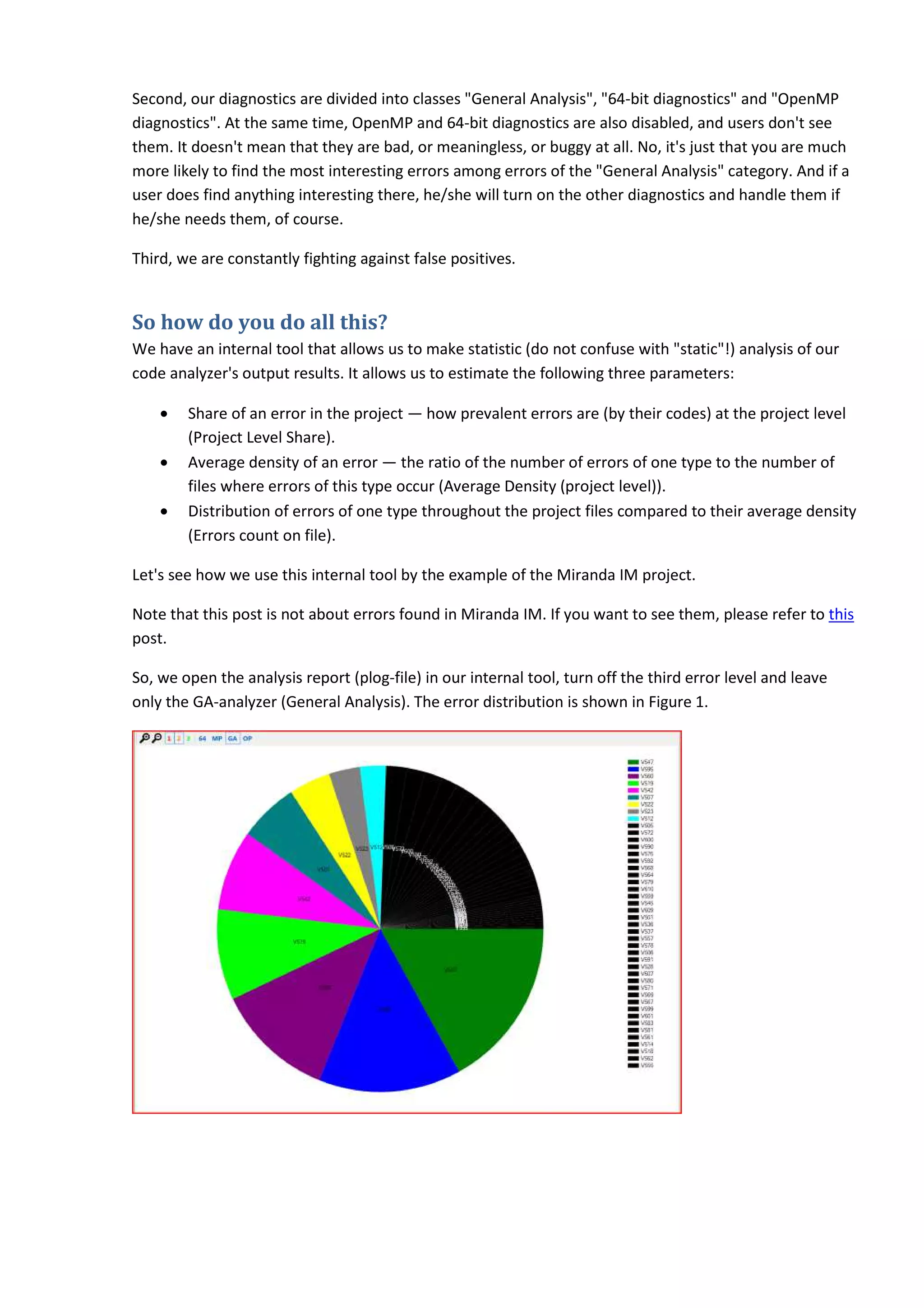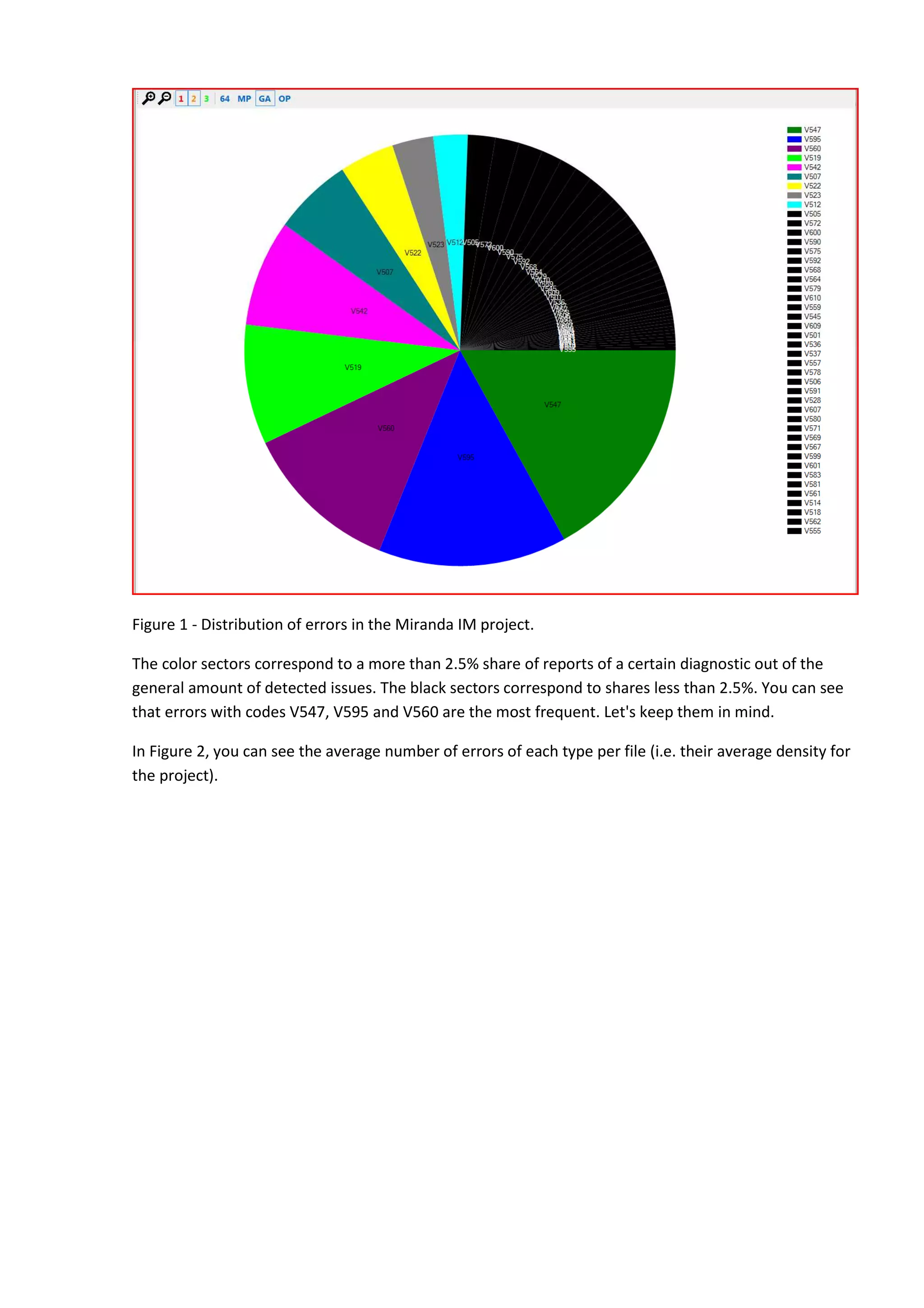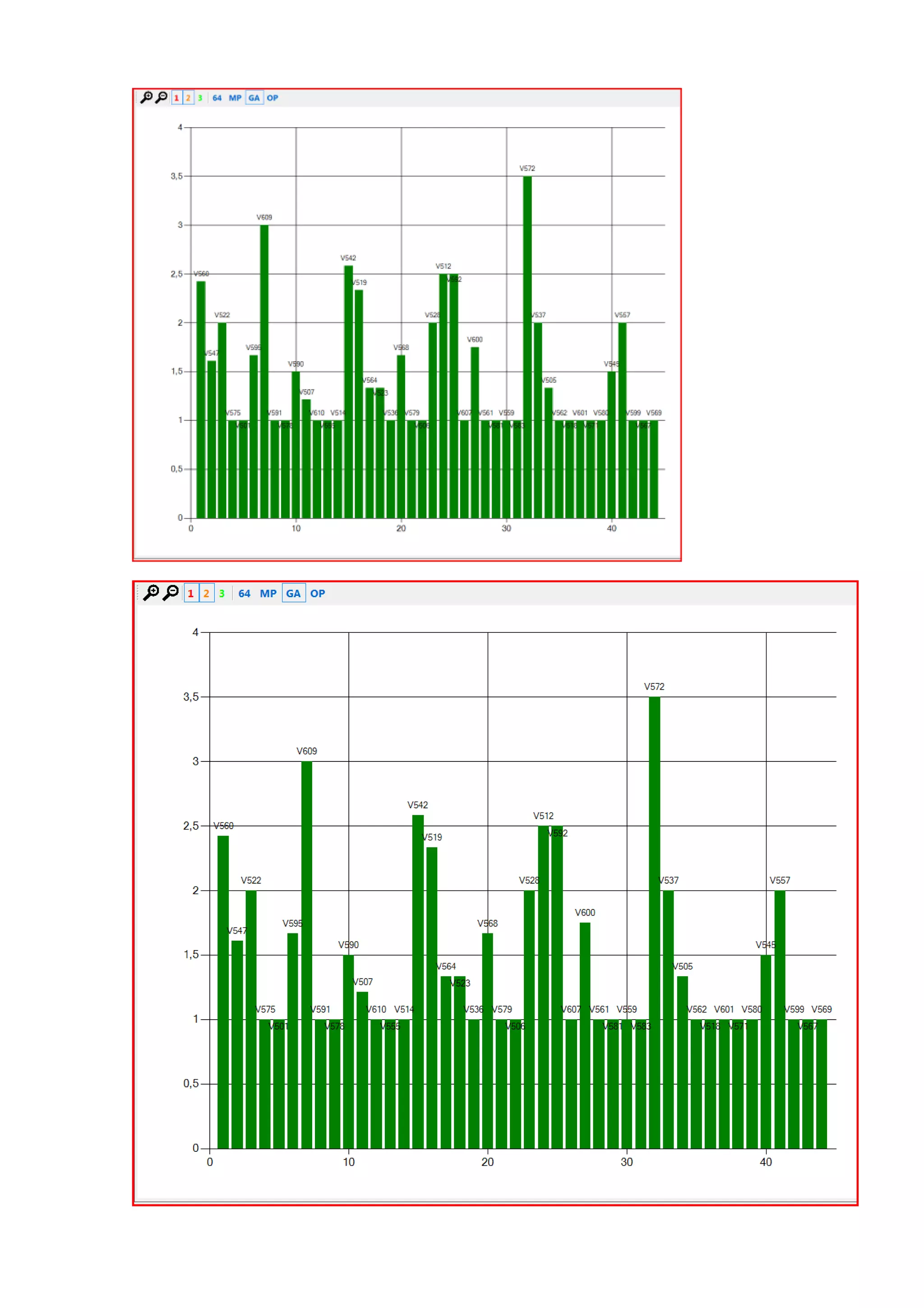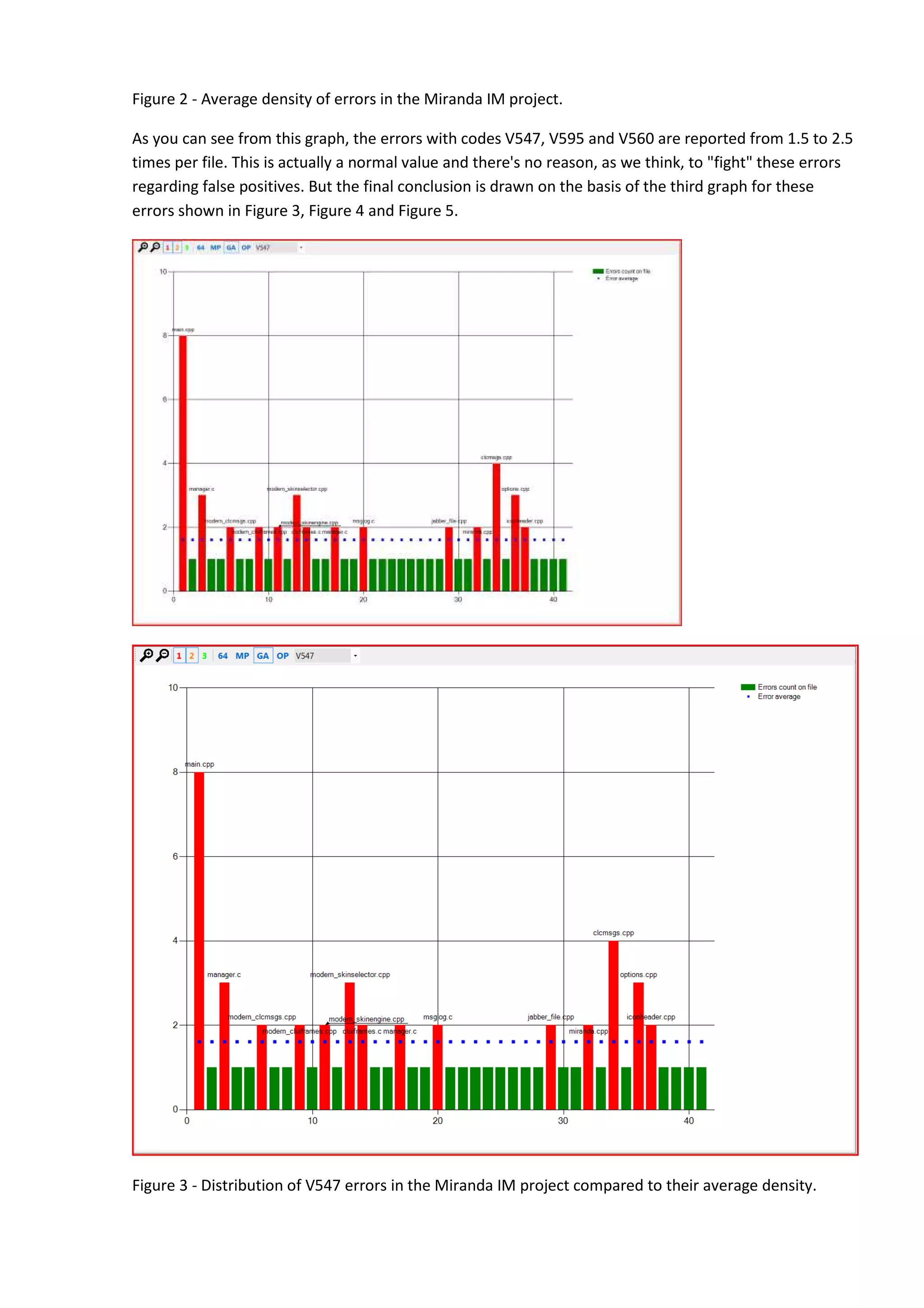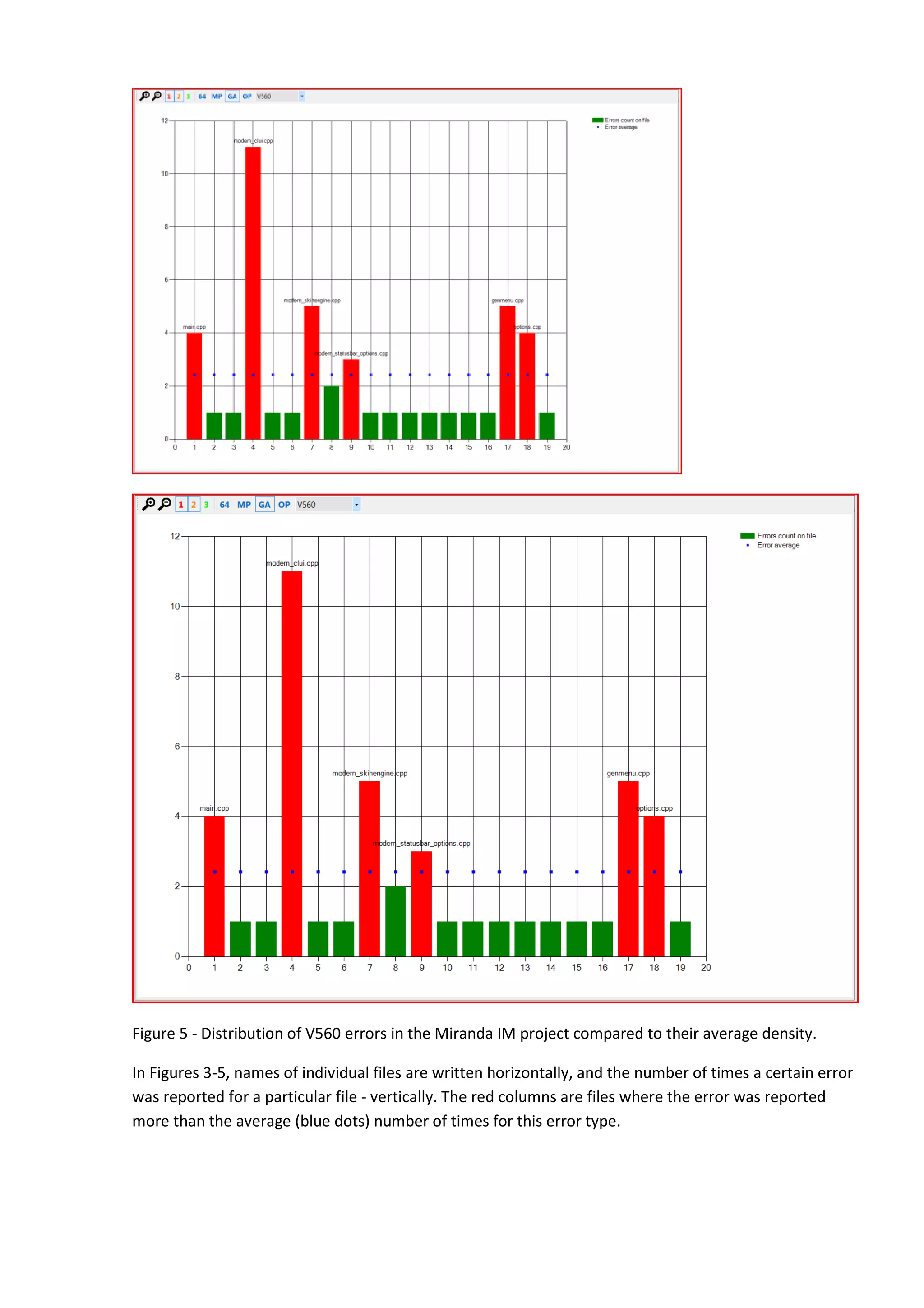Static code analysis tools and search engines aim to provide relevant results to users. Both rely on ranking results to prioritize those most likely to interest users. PVS-Studio, a static code analysis tool, uses statistical analysis of its output on sample code to identify frequent and prevalent error types. Graphs of error frequency help PVS-Studio developers optimize the tool by identifying and removing false positives while keeping errors likely to interest users.

